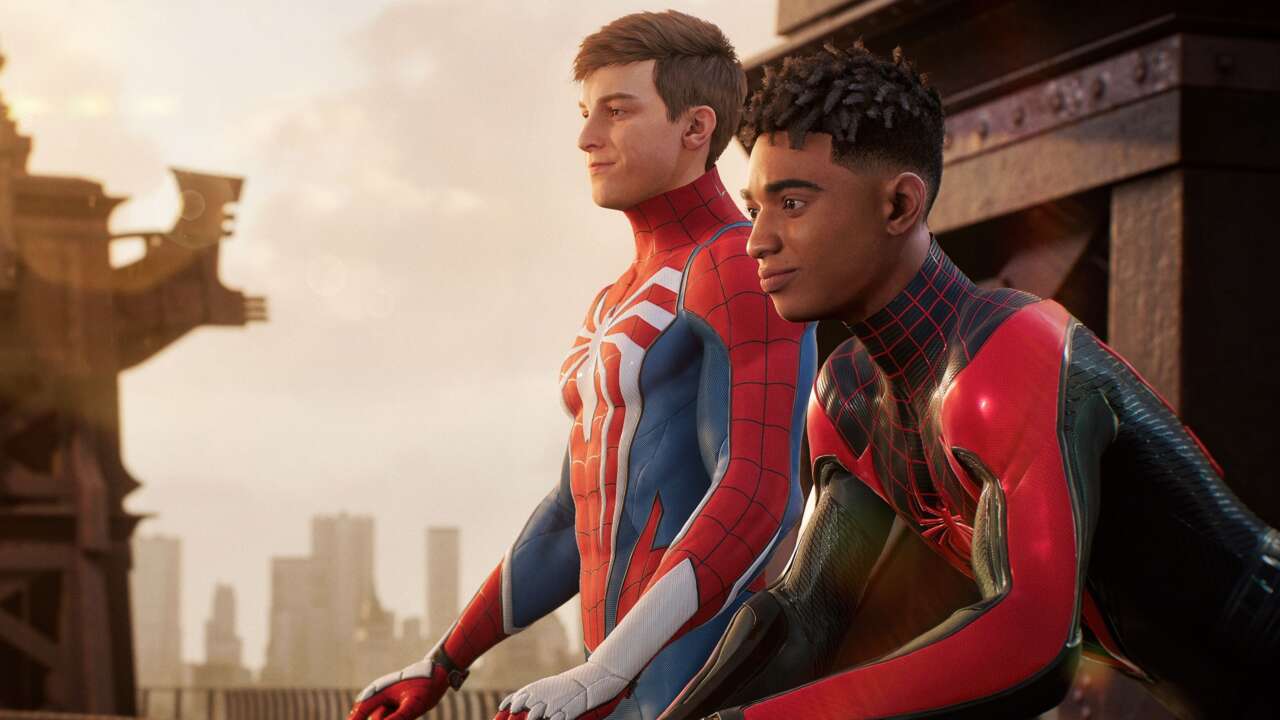There’s quite a bit of Marvel’s Spider-Man 2 that can be summed up as “more of the same.” Granted, that’s a good thing–both the original game and the Miles Morales-focused follow-up feature fantastic reimaginings of their respective Spider-Men, exhilarating web-swinging, and superb combat mechanics. Who wouldn’t just want more of that? And sure, more of what came before does mean that Spider-Man 2 retreads less successful ground, like the first game’s buzz-killing science puzzles. However, the good far outweighs the bad, and a few new gameplay mechanics freshen up aspects of both traversal and combat. Altogether, it’s a great game and one well worth seeing all the way through from its bombastic beginning to its emotional end.
Like the first two games, the true star of Spider-Man 2 is its story. It finally gives us the chance to jump between playing as either Peter or Miles as the two work together to protect New York City from Kraven, a fierce warrior looking to transform the city into his hunting ground. Their personal lives don’t fare any less stressful–Peter and Miles are both stuck, struggling to figure out what’s next for them. Peter desperately yearns to find a steady job and Miles can’t quite find his place in the world while still contending with the trauma of losing both his dad and a close friend within the same year.
The crux of Spider-Man 2 is the cold isolation of loneliness and how Peter, Miles, and all those around them handle it. Both Spider-Men feel adrift at the start of the game, each lost and desperately seeking some form of respite and companionship in hopes of filling that void, but Peter can’t quite convince Mary Jane to move in with him, and Miles can only watch from afar as his friends get into college and pursue their dreams while he busies himself with Spider-Man responsibilities. It’s an effective draw to pull you into caring about both protagonists as the game flips between them and curates a throughline that connects all of Spider-Man 2’s characters–both heroic and villainous–through an assortment of main story and side missions.
This throughline is best appreciated if you’re going into Spider-Man 2 having played both of the previous games, as the storyline’s most meaningful moments all build on developments that Peter, Miles, MJ, Rio, and the rest of their friends and family all endured together in the time leading up to these moments. I was pleasantly surprised to see how much Spider-Man 2 builds on optional content as well, tying characters like Sandman and Wraith–whose development as villains was relegated to side missions or post-launch content in the previous games–into the main story in minor yet poignant ways. Spider-Man 2 goes a long way in reminding you that a huge contingent of Spidey’s deadliest foes became who they were because they felt like they had no one else and so they turned to drastic measures to achieve their goals. And now, even when so many have managed to turn their lives around, they still face isolation due to the stigma of once being supervillains. In turn, the whole setup reinforces the tragic nature of the symbiote suit storyline, as we witness more than just Peter get pulled deeper into the hypnotic safety of the alien’s companionship.
While Spider-Man 2’s exploration of loneliness goes a long way in revitalizing Kraven, one of Spider-Man’s oldest villains whom the wall-crawler has faced off against dozens of times across multiple forms of media, this narrative throughline more fundamentally transforms the game’s second main antagonist, Venom, and makes him a far more compelling big bad. Though Kraven gets a good-but-not-great adjustment to his backstory that makes him a tad more somber of a villain (similar to the Tinkerer in Miles Morales), Venom goes complete Shakespearian tragedy. Long-time fans of Spider-Man mythos will recognize the steps to the dance as Peter first dons the black symbiote suit and undergoes a disturbing personality shift as it influences him but the game alters the symbiote’s motivations, making it more akin to a toxic friend or partner, culminating in a Venom that’s also a character motivated by a desire to not be alone. This tweak to Venom’s backstory heightens the tension between Peter, Miles, and their allies as Spider-Man 2 goes into its final act, swinging toward a finale that’s simultaneously epic and heart-wrenching. Spidey fans are in for a treat with this story.
The visual presentation sells the storyline with the facial mocap of Spider-Man 2 making leaps and bounds to put it far ahead of the last two Spidey games. So much of each conversation is conveyed through just barely discernible microexpressions, bringing each character to life as they grapple with the ramifications of their actions and feelings. Spider-Man 2 is a beautiful game. And while most of that compliment is aimed at the character models and their movements in cutscenes, the game’s portrayal of New York City is also something to behold. The windows of skyscrapers dazzle in the sunlight as you swing by and vibrant art adds a colorful flair to certain street corners and buildings. If you slow down and walk along the streets, the illusion of the city begins to fall apart amongst the simple-minded NPCs but while you’re web-swinging through the air, the mixed cacophony of traffic, gentle hum of lively crowds, and occasional rumble of the passing subway breathe a convincing life into New York.
When you’re not facing off against Kraven and Venom, you’ll be rushing all over to protect that city, and, boy, there’s a whole lot of it. Insomniac has drastically increased the size of New York City by adding the boroughs of Queens and Brooklyn. Neither borough adds much to the map beyond more space to explore, though Queens at least poses the challenge of web-swinging through a space without much in the way of skyscrapers. Brooklyn doesn’t even do that much–it’s aesthetically distinct from the other boroughs but your time spent there is no different than almost anywhere else in the city. It’s one of those situations where I don’t think “more” actually means “better.” Is there more of the city to see? Yes. But if the enemies you fight there are the same as everywhere else, if you’re web-swinging through the area just as effectively as everywhere else, and if the story and side missions are designed just as they are everywhere else, then why even add the boroughs? The larger size does not add anything beyond space and, in some respects, actively worsens the flow of web-swinging as the bifurcated design of New York City means (prior to unlocking Fast Travel) you have to cross a large expanse of water with little to attach your webs to. It keeps the city from feeling as interconnected as it did in the first two games and frustratingly funnels you into solely relying on Peter and Miles’ new wingsuit to make your way across.
Now, I like the wingsuit. It’s a fun new tool in Peter and Miles’ repertoire but it works the best as an augment to the Spider-Men’s web-swinging, not a replacement for it. And though you can swing along the bridges that connect the different parts of the city, the game heavily incentivizes you to rely on the wingsuit to cross the ocean, with the longest wind tunnels crossing over the body of water. There’s no clear way to experiment and adapt and get better at navigating Peter and Miles’ trips across the water like the rest of the city, removing a lot of the fun that comes with getting better at web-swinging across the map. There’s no way to get better at sitting in a wind tunnel and riding it from one end to another.
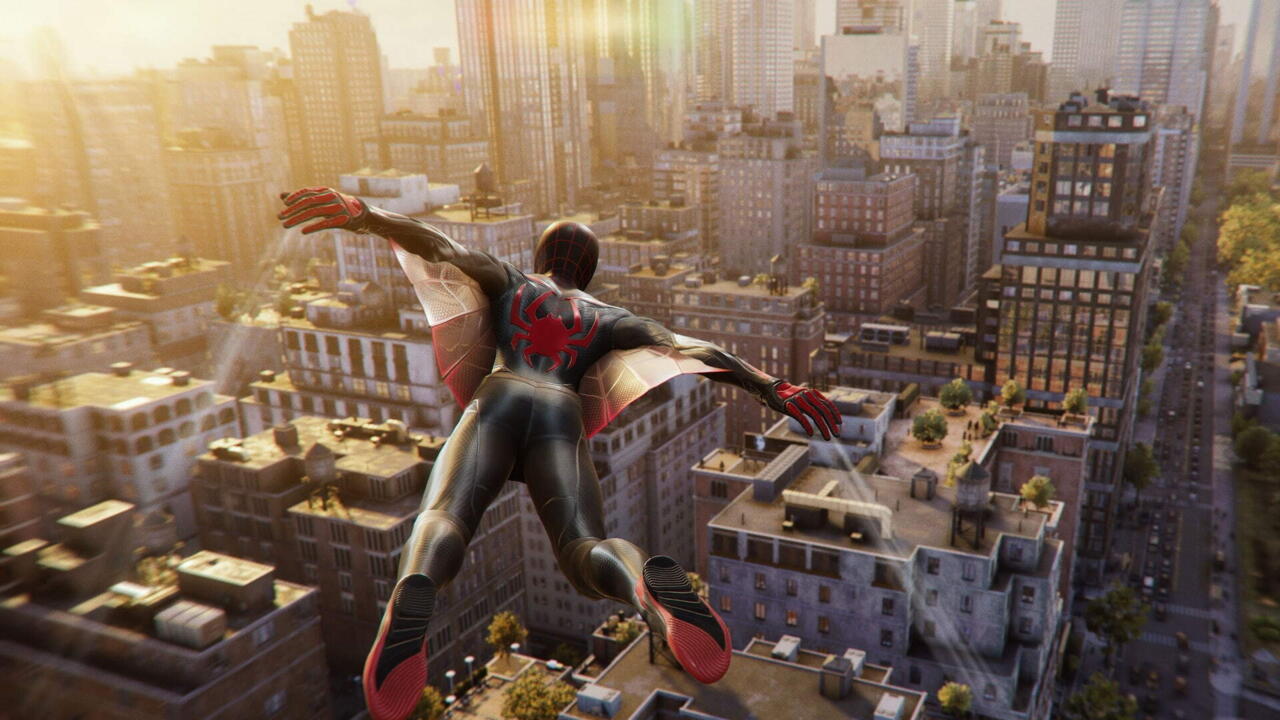
These issues with the wingsuit aside, web-swinging as a whole is vastly improved in Spider-Man 2, with a slew of new navigational abilities adding to the ways you can traverse the rooftops of the city. The slingshot is my absolute favorite–I’ve always loved seeing Spider-Man stretch out his webs to fling himself through the air in other media and Spider-Man 2 perfectly emulates the slow build-up and explosive release of the move. Web-swinging is faster this time around as well, with Peter and Miles able to propel themselves at breakneck speeds once you build up the momentum, injecting an element of strategy to movement that rewards well-timed swings, flips, and dives with acrobatic displays of exhilarating speed and skill.
Spider-Man 2 introduces some new elements in combat too. The biggest addition is a parry mechanic, allowing Peter and Miles to deflect heavy-hitting attacks and stun enemies. Though this skill feels somewhat immaterial in most fights against normal foes–because even when faced with an attack that can’t be dodged and must be parried, you can still usually just dodge it by web-zipping away to another target–the parry mechanic changes the flow of combat in boss battles when you’re up against one big foe who can sometimes prove to be resistant or outright immune to your webbing, forcing you to find alternative means of stunning them long enough to deal damage. In most of these cases, the bosses will attack the Spider-Men with several hard-hitting strikes in a row, encouraging you to parry multiple times in an effort to stun them. This further heightens the importance of timing in the dance-like flow of Spider-Man 2’s combat, upping the challenge and the sense of danger against these targets. One mistimed parry or dodge can spell disaster, especially on the higher difficulties where bosses hit like a freight train, making mastering the timing of Peter and Miles’ parry the best way to win.
Beyond the parry, Peter and Miles fight largely how they did in previous games. Punches connect with impact and stringing your strikes together while carefully avoiding enemy attacks allows you to build enough focus to either heal or deliver an instant hard-hitting takedown. Web-zipping, uppercuts, and jumps allow you to take to the air, where you can juggle enemies with ease. If you’ve played either of the first two games you already know what you’re in for and I slid back into the rhythm of combat with ease. Both Spider-Men feel suitably acrobatic and swift, relying on speed to overwhelm foes. Though both Peter and Miles handle the same, Spider-Man 2 gives them both distinct rechargeable abilities, keeping combat feeling fresh as you switch between Miles’ venom shock and invisibility powers and Peter’s Doc Ock-inspired robotic spider legs and symbiote abilities. Even the way they move during combat (and web-swinging) is different, with Peter hitting with more practiced movements while Miles lunges with graceful finesse.
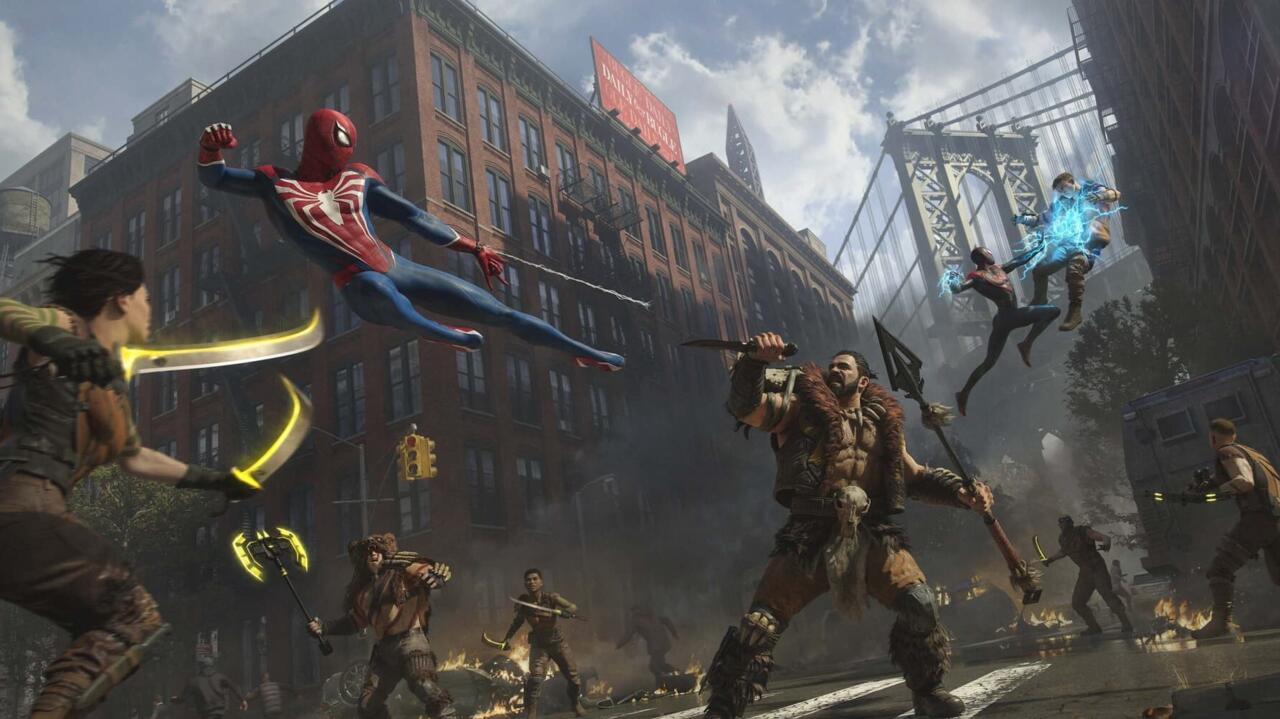
Spider-Man 2 misses an opportunity to make the two Spider-Men even more distinct, however. Early into the game, Peter and Miles face off against Sandman, discovering that Miles’s venom shock powers burn hot enough to turn Flint Marko’s sand-created minions into instant glass. It changes how the fight continues as you switch between the two–while Peter has to rely on sources of water in the environment to take out groups of Marko’s sandmen, Miles can more creatively take them out by bunching them up and unleashing the lightning. When I played through that moment, I thought that was so cool and figured Spider-Man 2 would continue to build on the different expertise and abilities of its two protagonists, creating situations where a battle could play out quite differently depending on who you were playing as. That really never happens again, though. Though you do fight more of Marko’s sandmen in one of Spider-Man 2’s sidequests, no other enemy type in the game presents unique opportunities for the Spider-Men to handle them differently. It’s just this incredible idea that the game introduces and then never revisits, informing the player that Peter and Miles could have been made to handle the same threats in different ways, but ultimately aren’t given the opportunity to.
Such a distinction could have gone a long way toward further reinforcing Peter and Miles’ evolving relationship and different philosophies when it comes to being Spider-Man. Previously mentor and mentee, Peter and Miles’ relationship approaches equilibrium over the course of Spider-Man 2 as Miles fully comes into his own and develops a unique ideology of what it means to be Spider-Man. Both men have compelling narrative arcs but Miles is the standout in Spider-Man 2, allowing him to step up and be the hero that New York needs as Peter grapples with the symbiote’s influence. I have no doubt that we’ll see another Spider-Man game from Insomniac but there’s a fulfilling sense of finality to Peter and Miles’ story in Spider-Man 2 as we see Miles take the reigns of responsibility, not because he has to, like in Miles Morales when Peter went on vacation, but because he wants to. Peter’s story has long been about a young man becoming a superhero out of obligation to a dead loved one, and while that narrative element exists in Miles’ backstory too, in Spider-Man 2 we get to see how Miles moves beyond that to become a hero who fights for the responsibility he feels he owes to both his and others’ futures–regardless if they’re friend or foe. It’s an exciting development for the character that made me more keenly appreciate playing as Miles over Peter, although their brotherly dynamic as a whole benefits.
Additionally, like the first game, Spider-Man 2’s story sees you occasionally play as Mary Jane. These moments also lean away from the combat loop to curate a more puzzle-focused approach to combat where someone without spider superpowers has to rely completely on intellect to progress. These moments are used to especially great effect in the latter half of Spider-Man 2’s story, which dips its toes into horror to up the tension of certain scenes. These moments also flow a lot better and get you back into the superhero tights faster than the first game as Mary Jane’s arsenal has been smartly upgraded, allowing you to take the initiative as you sneak past guards and have a chance to respond if you’re discovered. No more waiting around for a guard to slowly walk by or accidentally taking a wrong step and suffering through an annoyingly immediate failure state.
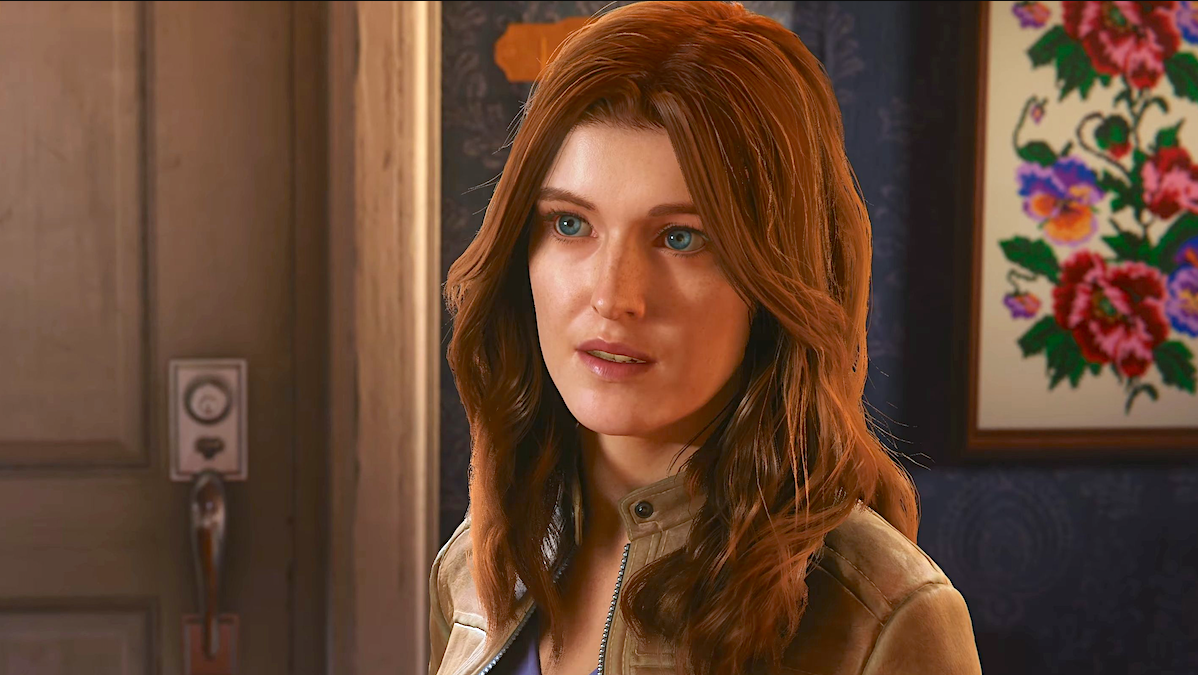
Spider-Man 2 is full of delightful side quests that each tell their own compelling vignettes, exploring themes from the main storyline through the lens of minor characters. Most of these side quests are reimaginings of what worked in the previous games. Miles’ attempts to help a reformed villain debug their new start-up are Screwball’s challenges in a spookier aesthetic, for example, while the Spider-Men’s high-speed chases with Kraven’s hawk-like hunter drones are a significantly more frenetic take on Taskmaster’s drone challenges. Every side mission and collectible incorporates memorable characters from across the Spider-Man mythos, with each ending in a narratively fulfilling way that will make you gasp in excitement for what could become a potential DLC or a sequel.
There’s good reason to see and do everything in Spider-Man 2, and the game goes a long way toward helping you naturally uncover all of it. The map is still there for those who want or need it but landmarks and clear visual cues in the world highlight where everything is at a glance, inviting you to explore New York without ever having to open your map. Spider-Bot collectibles pulse when you approach them, for example, and hunter drones circle around the skyscrapers that hide the terminals you need to hack into to kick off a chase.
Most of the side missions that dot that large map are excellent. The one big caveat is the assortment of EMF assignments that sees Peter work with scientists to improve the quality of their products, fulfilling mundane tasks by completing puzzles, zapping holographic bees with a drone, or riding a bike through the park. They’re all tedious and boring–I get that Peter is a scientist but the insistence on including small minigames to incorporate that history into the gameplay is as irksome in this game as it was in the first. Spider-Man 2 graciously allows you to outright skip some of these at the push of a button, but not all of them and they’re such a drag to complete.
You could argue that these puzzle-oriented side quests are meant to slow down the pacing of the game and break up the punching and web-swinging in the main storyline so as to prevent Spider-Man 2 from growing monotonous. But the main story does a wonderful job of that already, incorporating missions that prioritize stealth to transform a combat sequence into a puzzle where Peter or Miles have to figure out who to take out and when, and, as mentioned before, the moments where you play as Mary Jane are also already wonderful breaks from the action. Of all the side quests, the EMF missions have the weakest narrative payoff as well, meaning there’s not much incentive to do them beyond grabbing the corresponding Trophy.
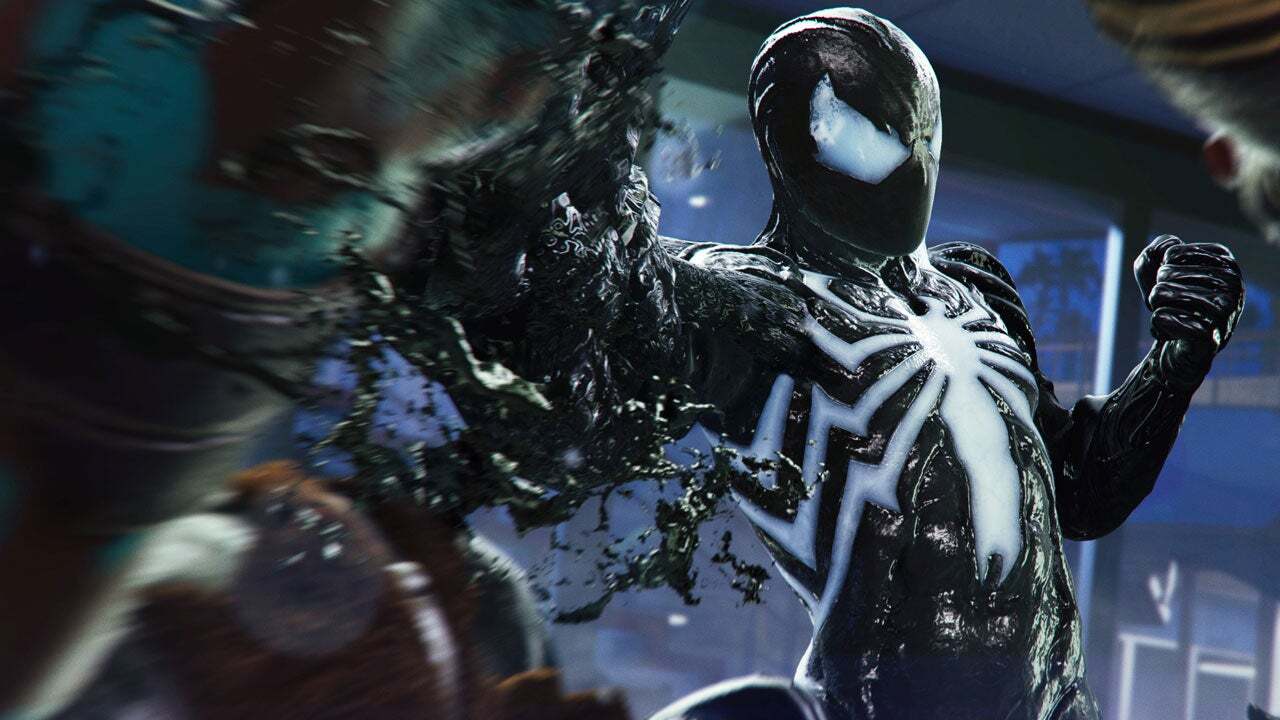
All in all, Marvel’s Spider-Man 2 may largely give us more of what we’ve played in Insomniac’s previous Spider-Man games, but that winning formula is still so damn fun that it really doesn’t matter. The story’s exploration of loneliness is fantastic, creating gripping new narratives for the two heroes, Peter and Miles, as well as the two main villains, Kraven and Venom. Spider-Man 2 unites all four characters in a riveting narrative throughline you’ll want to see all the way through and has the gameplay hooks to keep you engaged the whole ride.
